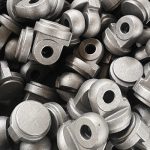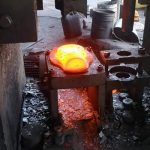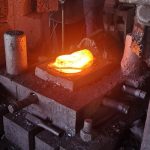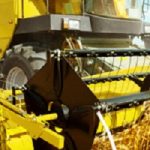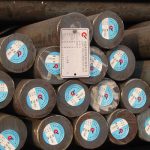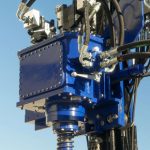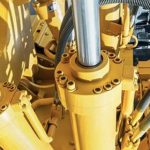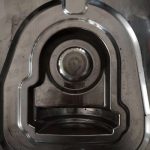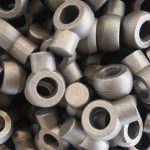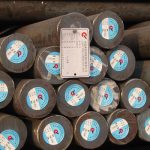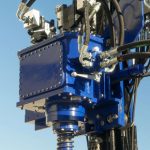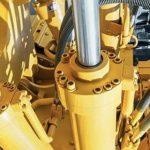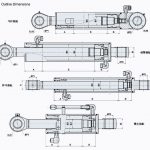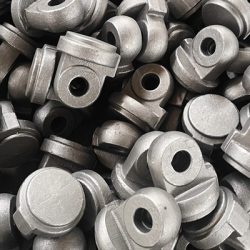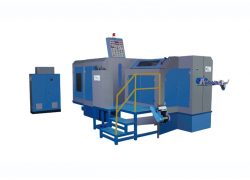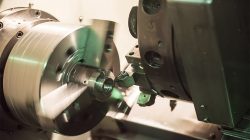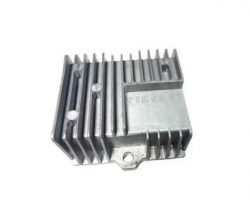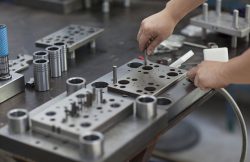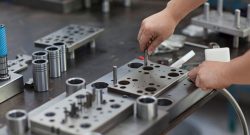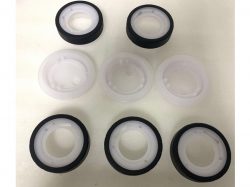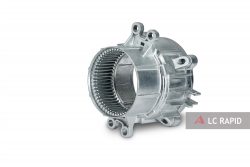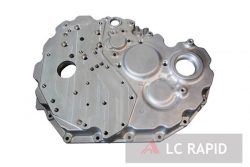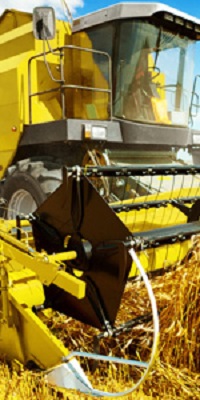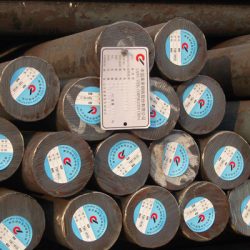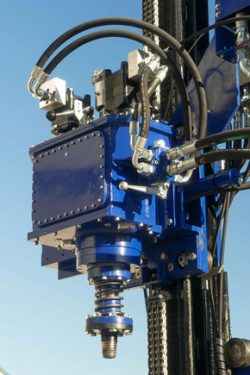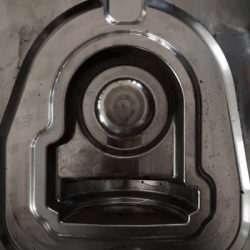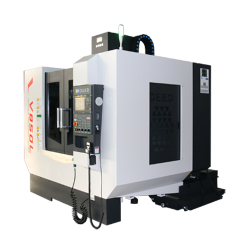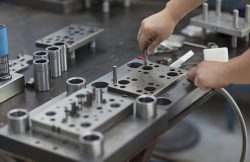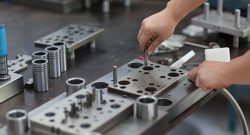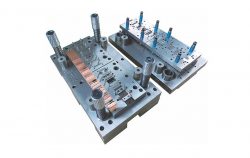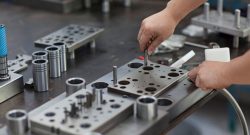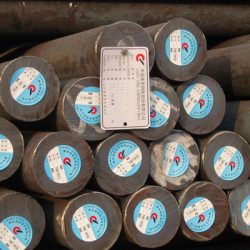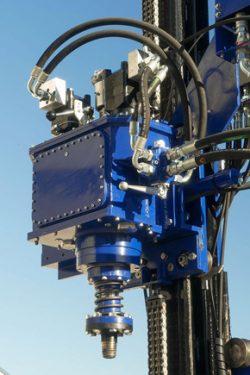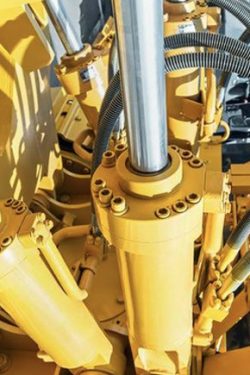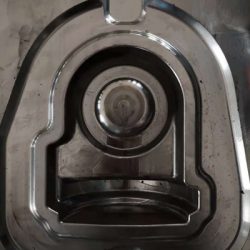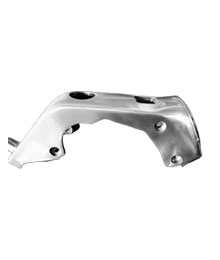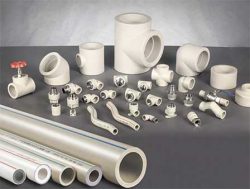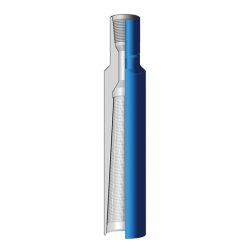Main Factors Affecting Metal Forming in Open Die Forging Process
Open Die Forging Process
The open die forging process refers to the deformation and flow of metal in an incompletely restricted die cavity. The cavity is provided with a trimming groove for accommodating excess metal. At the beginning of die forging, the metal first flows to the die cavity. When the resistance of the die cavity increases, part of the metal begins to flow horizontally to the trimming groove to form trimming. With the thinning of trimming and the decrease of metal temperature, the resistance of metal flowing to the trimming groove increases, forcing more metal to flow into the die cavity. When the cavity is full, the surplus metal flows out from the trimming groove.
Some Main Factors Affecting Metal Forming
1. Cavity Structure
The reason why the die cavity is inclined is that the forged components can be easily taken out of the die cavity after die forging, but the inclination of the cavity is unfavourable for filling the die cavity with metal. Because the process of filling the cavity with metal is essentially an extrusion process with variable cross-section, the larger the slope of the die cavity is, the larger the extrusion force is.
2. The Influence of Trimming Groove
Common trimming groove includes bridge mouth and bin part. The main function of the bridge mouth is to prevent the metal from flowing out and force the metal to fill the cavity. In addition, it makes the thickness of trimming thinner, which is convenient for cutting in the subsequent process. The function of the bin part is to contain excess metal, so as to prevent the metal from flowing onto the parting surface and affecting the upper and lower dies.
3. Working Speed of Equipment
Judging from the flow process of deformed metal in the metal forging process, the specific flow situation of deformed metal mainly depends on the relationship between resistances in various flow directions. In addition, the nature of load (working speed of equipment) also has a certain influence.
When the working speed of the equipment is fast, the metal deformation and flow speed are also fast, which will reduce the friction coefficient. At the same time, the inertia of metal flow and the thermal effect of deformation are helpful to fill the cavity. For example, when forging on a high-speed hammer, because the deformed metal has a high flow speed, the deformed metal is easy to fill the die cavity. It can forge thin forgings with a thickness of 1.0~1.5 mm. In comparison, it is generally 1.5 ~ 2 mm with the die forging hammer. It is 2 ~ 4 mm on the press.

